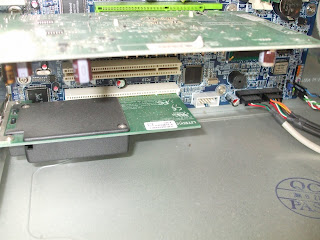The main computer runs Windows 7 and the Laptop runs Windows Vista. The instructions for Windows 7 says that a homegroup is for computers which run the Windows 7 operating system. However, I decided to see what would happen if I attempted to use it to network the laptop with the PC.
I went to control panel
Then Home network
You get a visual display of your home network
The network settings are now set to home.
I then clicked on choose Homegroup and sharing options.
Selected all the sharing options I wanted and then started up the laptop. I went to network
Then a list of the network is displayed and it is only a question of logging onto the system and sharing files or devices


































